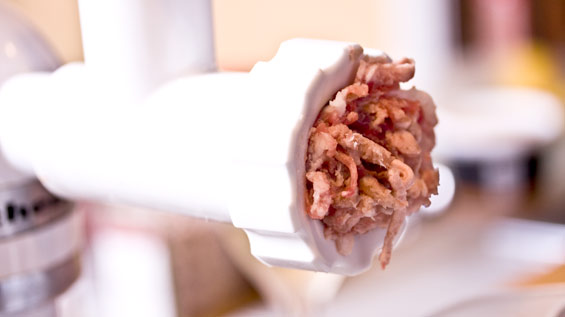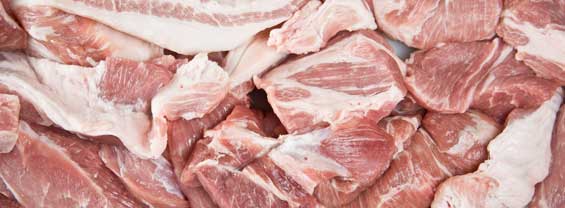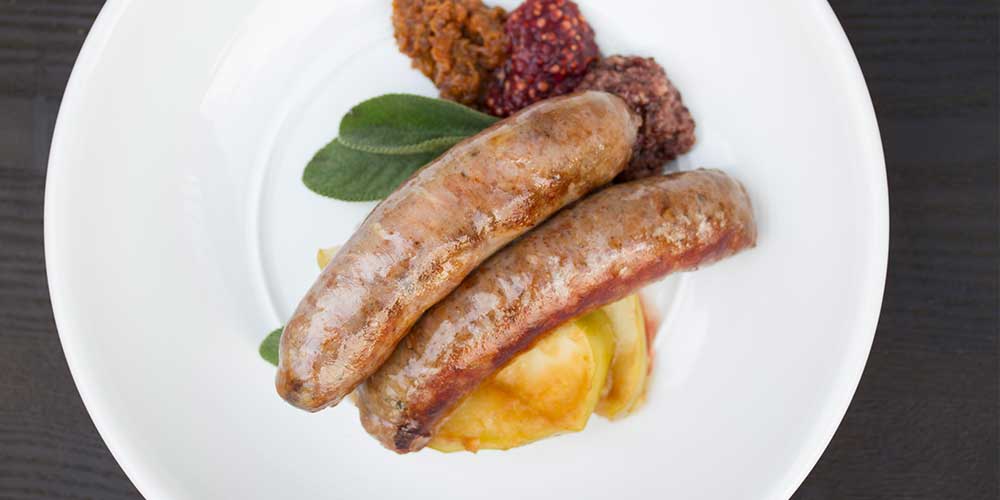How to Make Sausages at Home
Making basic sausage at home is surprisingly easy. All you need are meat, fat, flavorings, casings, the right equipment, and a little time.
The only special equipment you really need to make sausage filling (aka loose sausage or bulk sausage) is a grinder, available as an attachment to most stand mixers. Then choose your meat trim and seasonings, and you’re ready to go. For example, if making your own wild boar sweet Italian sausage from scratch, you’d need wild boar trim meat, sweet paprika and fennel seeds (about 1oz each per 10lbs of trim), plus a little sugar depending on your taste.
To turn your loose sausage into links, you will need sausage casings. Natural casings for sausage links are usually intestines from sheep, lambs, or pigs. Pork sausage casings are the right size for traditional sausage links, while smaller lamb sausage casings are better suited to breakfast links. Edible synthetic casings are usually made from formed collagen. Many people prefer the texture and “snap” that natural sausage casings provide (which is why many of our game sausages use them).
To make links you will also need a sausage stuffing machine, also available as an attachment for most stand mixers. For finely ground sausage fillings you could use a piping bag in a pinch.
We carry a full line of trim meat for sausage making, plus great seasoning options like whole spices and dried chiles. If you enjoy eating sausages, but don’t want to make your own, we sell many high-quality sausages.

General Sausage-Making Guidelines:
To Make Loose Sausage:

To Stuff Sausage Links:
In order to take your loose sausage and turn it into links, you will need sausage casings. Natural casings for sausage links are usually intestines from sheep, lambs, or pigs. Pork sausage casings are the right size for traditional sausage links, while smaller lamb sausage casings are better suited to breakfast links. Edible synthetic casings are usually made from formed collagen. Many people prefer the texture that natural sausage casings provide (which is why our game sausages use them).
You will probably need a sausage stuffing machine for this. The most easily available one is an attachment for stand mixers. For finely ground sausage fillings you could use a piping bag in a pinch.




Comments 1
Hey Matthew, thanks for sharing the sausage guide. I am looking to make some over this weekend.